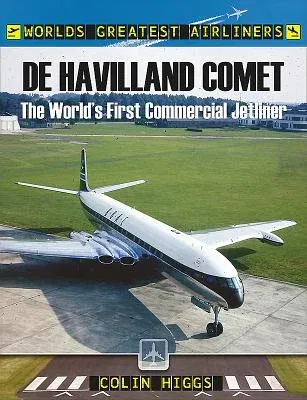The world got a little smaller in July 1949 when the first jet-powered
airliner took to the skies barely four years after the end of the Second
World War.Not only was the de Havilland Comet 1 was a lot faster than
previous airliners, it could fly higher and further. It was packed with
new technology but, perhaps most importantly for those early passengers,
it was a quiet, luxurious and even pleasant experience, something that
could never be said for the noisy piston-engine aircraft that came
before.The Comet's leadership in jet travel for the future was assured
until aircraft began crashing. The first ones were put down to pilot
error but two disastrous events in 1954 grounded the fleet and Britain's
advantage over the rest of the world was lost. Boeing caught up with its
ubiquitous 707 and the Comet was destined to become but a
memory.However, rising from the ashes came a new Comet - one that was
bigger and more powerful than before and designed for completely
different roles. Where the first Comets had provided an expensive and
plush way to travel for the rich few, the new Comet 4s carried more
passengers to a multitude of destinations inevitably becoming key
carriers for the early package holidaymakers. At the same time they
became vital strategic transports for the RAF as the British Empire
receded.This book tells the full story of the world's first jet-powered
airliner, from its remarkable beginnings, through its early flight
trials program to its entry into service. The type's military career is
also covered, as is its construction; also included in this volume are
details of the numerous variants produced and those still surviving as
exhibits today. There are also twenty-four superb artworks by
world-renowned aviation illustrator Juanita Franzi.

